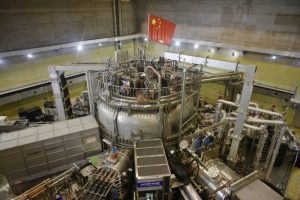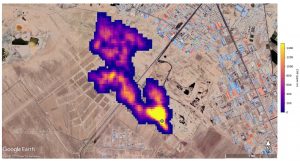A set of five highly detailed images of the universe, captured by the new James Webb telescope, were unveiled by NASA on Tuesday.
The shots pierced further into space than scientists have seen, showing the death of a star similar to our sun, water in the atmosphere of a planet more than a thousand light years away and a black hole in a distant galaxy.

“It’s extraordinary,” said NASA Administrator Bill Nelson in an interview with Sky News, “these are just the first glimpses, imagine what we will learn over the next 20 years.”
The $13 billion telescope, which was two decades in the making, is designed to gather further information on how the universe began.
It made its ascent into the stars on Christmas Day last year on an Ariane 5 rocket from Europe’s Spaceport in French Guiana. One month later, it reached its viewpoint in solar orbit, 1 million miles from Earth, where it will remain for 20 years.

The Hubble’s successor
NASA describe it as the natural successor to the Hubble Telescope, which produced pictures that led to 19,000 scientific research papers when launched in the 1990s, according to NASA.
The James Webb scope has a gold plated mirror that is nearly three times bigger than Hubble’s, and can peer further back into time because it orbits at a greater distance from Earth.

It also captures its space images using an infrared spectrum, as opposed to Hubble’s visible and ultraviolet light. This gives its shots blistering colour and sharper detail, revealing stars that were hidden by gas and dust.
“Honestly, it took me a while to even figure out what to call this image,” said deputy project scientist at NASA Amber Straughn, when presenting an image of cosmic cliffs.
“There’s just so much going on here,” she added. “It’s so beautiful.”

- By Alfie Habershon
Read more:
Chinese Spacecraft Captures Images of Whole Martian Surface
South Korea Joins Asian Space Race With Satellite Launch
NASA Mars Recordings Reveal Two Speeds of Sound – Nature
























